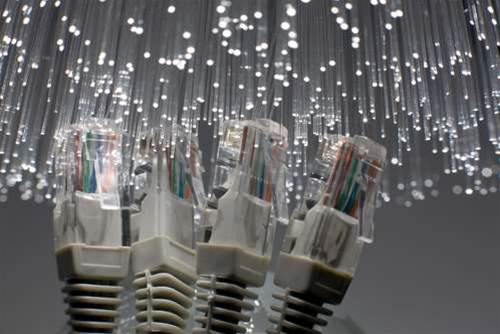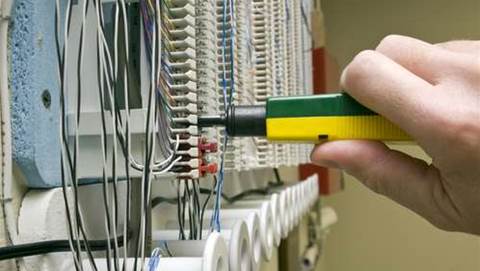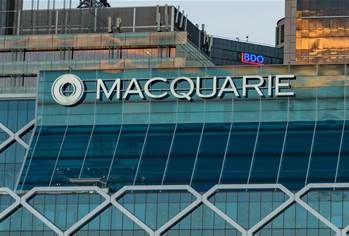The ACCC has shone a light on contention ratios on the National Broadband Network after threatening to sue internet service providers whose products don't meet the speed test.

In an information paper [PDF] released late last week, the competition watchdog warned ISPs against misleading customers through false advertising of internet speeds.
While ISPs were welcome to advertise internet products using the same tiers offered by NBN Co (for example, 100/40 Mbps), they would have to guarantee those speeds could be achieved by the end user.
This would mean responsibility for contention issues outside of the direct NBN access network, such as through poorly allocated bandwidth on backhaul links, would rest with the service providers.
The warning extinguished any responsibility NBN Co would wear for sub-par performance of end user services over its fibre network.
"It follows that ISPs (and not NBN Co) are responsible for determining what inputs are necessary to ensure that real-world NBN service performance aligns with marketing claims and resulting consumer expectations," the ACCC said.
"Specifically, if ISPs under-provision their CVC [NBN connectivity virtual circuit] and/or backhaul transmission capacity, end users will often not experience data transfer rates that match their purchased plan's headline rate."
The watchdog stressed elements of the established Australian Consumer Law already provided sufficient grounds for it to litigate against those who misled customers on speed claims.
Successful litigation could lead to fines up to $1.1 million, or $66,000 for each infringement notice against a company, and awards for corrective advertising.
A similar case had already been brought against Optus for failing to properly inform affected users of being shaped on its hybrid-fibre coaxial (HFC) network.
NBN Co has been proactively warning service providers to buy sufficient bandwidth over the connectivity virtual circuit offering to ensure users receive the bandwidth speeds promised under individual plans.
However, the contention ratios applied by individual providers could still ultimately lead to high differentiation between retail service providers on the NBN.
Some providers on Australia's ADSL networks were known for cheap but highly contended and slower services, compared to those with more expensive plans that were delivered at more consistent speeds.
"To the extent that retail ISPs have knowledge of or control over contention ratios, these will need to be considered before claims about performance can be made," the ACCC said.
Although NBN Co offered a maximum guaranteed service of 100 Mbps downstream, it was supplied over Alcatel-Lucent equipment with a maximum downstream bandwidth of 2.4 Gbps, split over 32 premises.
Service providers and NBN Co itself were believed to be banking on those premises not to all be using high bandwidth services at any one time.
The ACCC had also warned service providers to proactively educate users about the differing factors contributing to end-user speeds over an NBN connection, including customer premises equipment and the bandwidth links to the websites being accessed by the user.
One of the first NBN customers in the first release site of Willunga, South Australia warned of this last week.
Raaj Menon, chief executive of distributor PADACS, said that although he received consistent speeds of 95 Mbps downstream and 35 Mbps upstream on his Internode-supplied NBN connection, the nature of bandwidth to international websites he viewed meant these often loaded just as quickly on ADSL connections as over fibre.
The competition watchdog said any speed claims above those offered by NBN Co would be deemed "headline" claims and subject to scrutiny.
A spokesman did not return requests for clarification around how closely the ACCC would follow the marketing claims of service providers on the NBN.



.png&h=140&w=231&c=1&s=0)




.png&w=100&c=1&s=0)


 Private AI vs Public AI: How your organisation can securely adopt AI without compromise and excessive cost
Private AI vs Public AI: How your organisation can securely adopt AI without compromise and excessive cost
 iTnews Benchmark Security Awards 2025
iTnews Benchmark Security Awards 2025
 Digital Leadership Day Federal
Digital Leadership Day Federal
 Government Cyber Security Showcase Federal
Government Cyber Security Showcase Federal
 Government Innovation Showcase Federal
Government Innovation Showcase Federal











.jpg&h=140&w=231&c=1&s=0)



